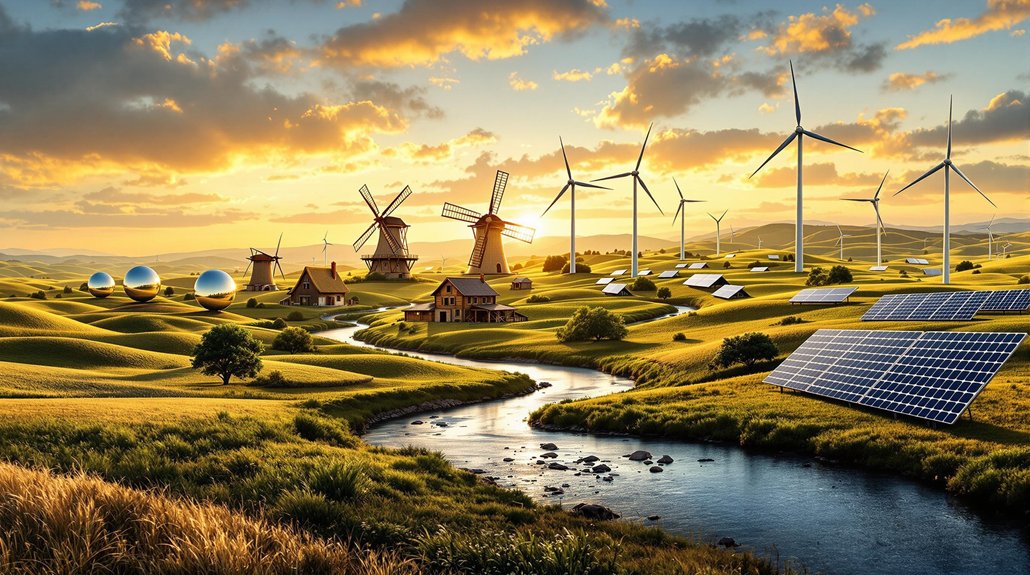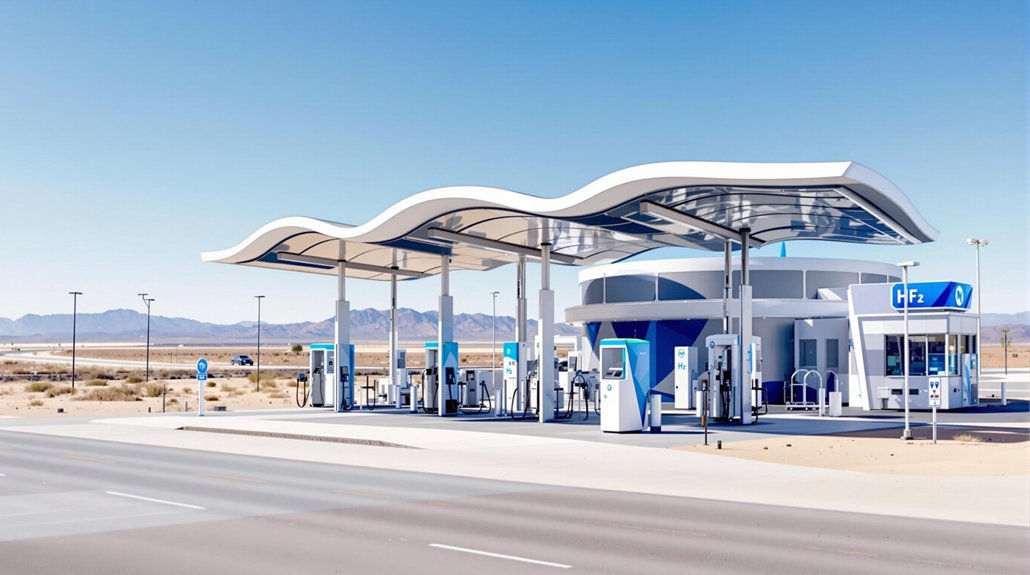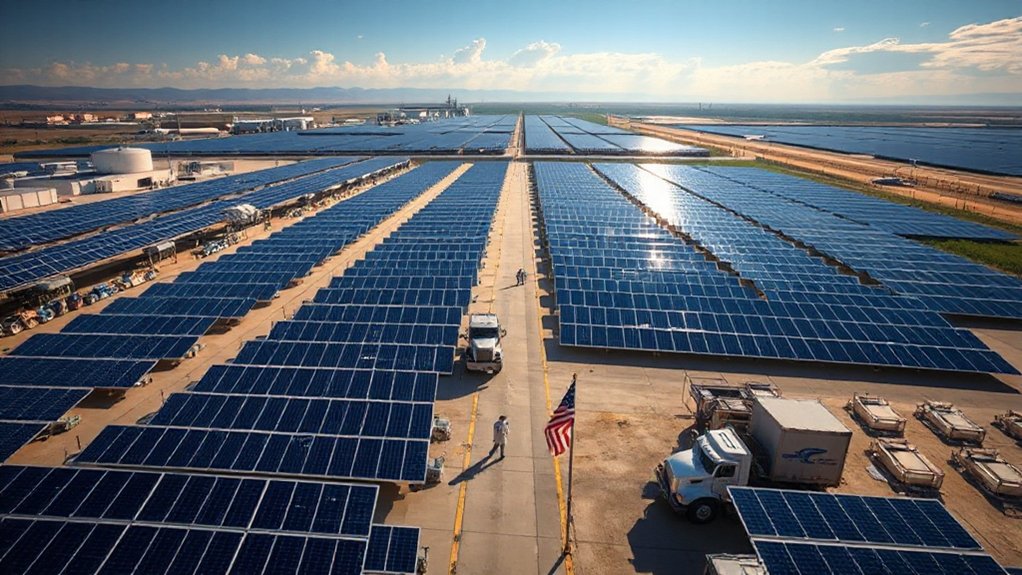Renewable energy’s story stretches back to ancient Greece, where clever folks used solar mirrors to start fires. Pretty basic, but hey – it worked. The real game-changer came during the Industrial Revolution, with the first solar water heater in 1767 and solar cells in 1839. Fast forward through Einstein’s photoelectric effect discovery, Bell Labs’ modern solar cells, and boom – today’s massive wind farms and solar arrays. The journey from simple mirrors to powering entire cities holds some surprising twists.

While humans have harnessed renewable energy for thousands of years, most people think it’s some newfangled invention from the 1970s. The ancient Greeks and Romans were lighting fires with solar mirrors back in 700 BCE. Not impressed? The Chinese were already using windmills to pump water by 200 BCE, and folks in the Middle East figured out how to use them to grind grain. Pretty clever for “primitive” civilizations. These early innovations paved the way for modern photovoltaic technology that powers homes worldwide.
Fast forward to the Industrial Revolution, and things got interesting. The first solar water heater popped up in 1767, and then came a double whammy in 1839: the first solar cell and hydrogen fuel cell. By the 1890s, commercial solar heaters were a thing. The Danish scientist La Cour created a wind-powered electrical generator in 1890. Talk about being ahead of their time.
The 20th century kicked off with Einstein explaining the photoelectric effect in 1905. Italy built the first geothermal power plant in 1911, and the massive Hoover Dam started generating hydroelectric power in 1935. But the real game-changer came in 1954 when Bell Labs created the first modern solar cell.
Then came the 1973 oil embargo. Nothing like a crisis to make people rethink their energy choices. The U.S. finally got serious, establishing the Department of Energy and passing new energy policies. By 1978, there was even a solar-powered village in Arizona. Take that, oil dependency.
The late 20th century saw some major developments, including the first large-scale solar power plant in California. Ironically, it took the Chernobyl disaster to really get people thinking about renewables. By the 1990s, wind energy could actually compete with fossil fuels on cost. Today, the United States has reached an impressive 220 GW of total installed solar capacity.
The 21st century has been a renewable energy sprint. Germany kicked things off with their Renewable Energy Act in 2000. China became the world’s biggest solar panel maker by 2008.
Now we’re seeing real results: renewables surpassed coal in U.S. electricity generation in 2019, and solar and wind hit 10% of global electricity production in 2021. Not too shabby for technology that started with mirrors and windmills.









